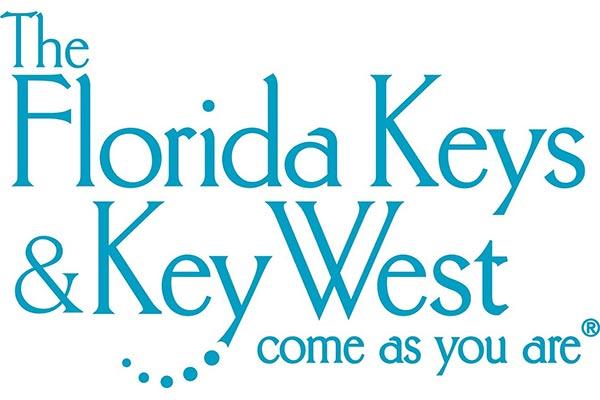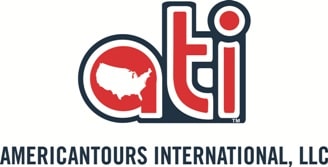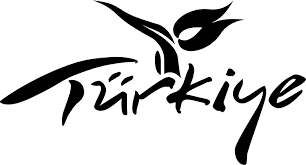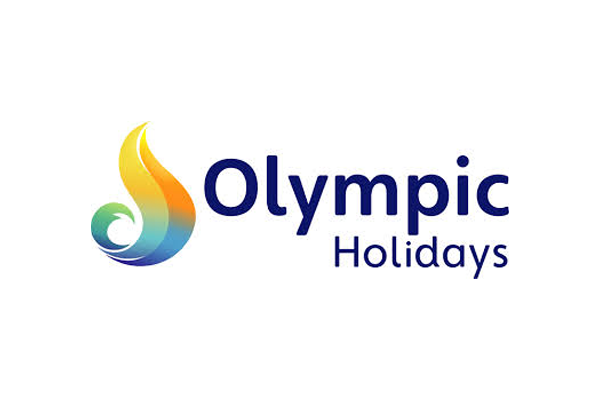European tourism Gardens of Eden no 7

Wine in France, fishing in Finland, hiking in Estonia, scenting wild roses in Cyprus – the best of European community tourism
The Tourist Wine Route Of The Jura (France)
No detoxing allowed here – the first weekend in February in the Jura region in eastern France is fully dedicated to wine tasting.
The annual Percée du Vin Jaune sees the opening and savouring of the first barrel of a new vintage of the Jura’s famous wine. It is the culmination of six years, three months and ten days of the fermentation of different varieties of grapes which have been left unstirred in an oak barrel.
Since 1990, this special wine festival – now one of the biggest in France – has successfully been turned into a tourist attraction.
Visitors can follow the 80 km-long Jura wine route stretching from Salinsles- Bains to Saint-Amour, highlighting the historical and cultural heritage of the region as well as its gastronomy.
The Jura route leads visitors through the region’s rich local heritage. Along it, they can discover more about:
- its internationally renowned spots – Arc et Senans, Baume-les-Messieurs, Château Chalon, Arbois, Lons-le-Saunier
- its historical and architectural heritage – wine-producing villages, old wine cellars, listed buildings
- local crafts – basketwork, pottery, art
- and…its cuisine – cheeses, salted meats, honeys.
SEE MORE:
WEBSITE
MORE INFORMATION
WATCH VIDEO

Wild Taiga (Finland)
Kuhmo-Suomussalmi or Wild Taiga lies at Finland’s easternmost borderline, neighbouring Russia, in the Kainuu region. Its location in the westernmost part of the Eur-Asian Taiga forest area makes it an enchanting place featuring green coniferous forests, esker valleys formed in the ice age, clear waters and rich wild animal stock. This local landscape has been captured in many famous Finnish paintings.
The vast nature reserves in the region, together with the protected areas in Russia, form a part of Europe’s Green Belt. This wilderness offers possibilities for wildlife watching and photographing and makes it one of the best areas in Europe for spotting wild brown bear, lynx and wolf. Two information centres are there to guide people through this wildlife – Petola and Hossa. Midnight sun (even) makes wildlife watching possible throughout the night.
There is an endless string of outdoor activities on offer, from horse-back riding and fishing to hiking and kayaking. Crispy autumn days are the season for mushroom and berry picking. And, for more challenging activities, the Hossa hiking area offers 100 km of marked trails along the Russian border.
At Christmas time, visitors can enjoy the atmosphere of Finnish Christmas with scents, candles, music and snow. The fortress-like Pohjola house compound with its idyllic yard and traditional log buildings creates an ambiance reminiscent of a Christmas fairytale.
SEE MORE…
WEBSITE
MORE INFORMATION
WATCH VIDEO

Viljandi (Estonia)
While the first records of civilisation in Viljandi date back to the 5th millennium B.C., it only became formally established as a commercial centre in the 12th century. Sometimes called the cultural capital of Estonia, it is Viljandi’s unique location, people, nature and architecture which set it apart.
Viljandi lies in a valley on the shores of Lake Vijlandi whose many outflowing streams make it a treasure to behold. The lake is encircled by a hiking trail with lay-bys for visitors to picnic and set campfires. Many legends surround the lake and are retold in songs. One tells of the boatman of Viljandi who fell hopelessly in love with a blue-eyed girl.
Nature trails lead visitors through meadows and forests to some of the most exciting places in the area. There they learn of the great mysteries of Soomaa’s national park (370 km²) which protect the wetlands, meadows and forests.
A host of festivals take place in Viljandi throughout the year. The early music festival, Hansa days, a number of dance festivals, the theatre-in-a-suitcase puppet festival – these are just a few of the events. During the most popular event – the Viljandi folk music festival – there are so many performers and visitors that the town`s population doubles.
Viljandi is one of the five Estonian Hanseatic towns. During the tradition of Hanseatic days, the town is crowded with guests, concerts and a handicraft fair is held. People walk in the streets wearing historical costumes. A medieval atmosphere is created. Craftsmen offer linen towels, baskets, woollen socks and gloves, honey, and sea buckthorn jam. Fortune-tellers, fire breathers and witch doctors are also present to entertain and enthral.
SEE MORE
WEBSITE
MORE INFORMATION
WATCH VIDEO

Agros (Cyprus)
Agros is an ideal year-round rural destination to visit not only for its great countryside, but also for its local traditions and its cultural and religious sites. Named after a monastery from the 11th century,
Agros was founded at the end of the 18th century and developed its famous rosewater industry with the introduction of the Mesopotamian Rosa Damascena in the early 20th century. Agros therefore offers its visitors unique opportunities to participate in celebrations of local cultural heritage and nature’s beauty, like the rose festival in May.
Agros village is situated in the heart of the Pitsilia region in a beautiful valley, where wild roses grow in the hills. It is home to many historical and cultural sites and to special walking and hiking paths for those who love nature and enjoy discovering flora and fauna.
Its landscaped vineyards, almond trees, walnut trees, fruit orchards and perennial crystal clear water springs have earned Agros a very precious reputation as one of the island’s national treasures.
Through the Agros region there are three nature trails, ideal for taking in this idyllic setting. A walk through Agros village reveals important aspects of the tradition, history and culture of the region.
Agros is situated on the path of a wine route through pine trees and grapevines which grow freely on the slopes of the mountain. The route includes two wineries: Vasilikon winery Kyperounta, and Tsiakkas winery Pelendri.
During the month of May, rose-growers pick around half a million rose buds during the early hours of morning while the leaves are still damp with morning dew. These flowers fill the whole region with a sensational fragrance. Villagers at Agros and the surrounding communities use the rose extract to produce rose oil, rosewater, liqueur and brandy. Rosewater also has many uses in Cypriot cuisine.
Gastronomic choices include a wide selection of Cyprus famed mezze and specialties such as halloumi (white cheese with herbs), traditional sweets like soutzioukos (grape juice dipping with nuts), machalepi (rice starch with rosewater syrup), fruit preserves, salted and dry salted delicacies, well known pork products like pastourmas, spicy sausages and smoked products such as hiromeri (smoked ham), lountza (smoked fillet of pork) and bacon.
WEBSITE
MORE INFORMATION
WATCH VIDEO
Valere Tjolle
Valere is editor of the Sustainable Tourism Report Suite 2011, special offers HERE
Also see:
No 6 www.travelmole.com/stories/1147978.php
No 5 http://www.travelmole.com/stories/1147875.php
No 4 http://www.travelmole.com/stories/1147779.php
No 3 http://www.travelmole.com/stories/1147673.php
No 2http://www.travelmole.com/stories/1147583.php
No 1 http://www.travelmole.com/stories/1147467.php
 United Kingdom
United Kingdom United States
United States Asia Pacific
Asia Pacific












































Dozens fall ill in P&O Cruises ship outbreak
Turkish Airlines flight in emergency landing after pilot dies
Boy falls to death on cruise ship
Unexpected wave rocks cruise ship
Woman dies after going overboard in English Channel